SpaceX Superstars: Tom Mueller, former Propulsion CTO
Elon Musk is the public face of SpaceX but there are lots of other extremely talented people at the company who sort of live in Musk’s shadow. It’s a real shame that the public doesn’t know much about these unsung heroes. That’s why we’re launching a new series of articles about these essential employees who helped SpaceX become what it is today. First up is Tom Mueller who was in charge of engine development at SpaceX during the most crucial years.
Thomas Mueller was born in Saint Maries, Idaho. His father was a logger. Growing up, he always seemed to be a bit different than the other kids. While others were playing games in the St. Maries woods, Tom preferred reading books in the local library or watching his favorite TV show Star Trek. He was also interested in technology and how things worked. At the age of 10, he was able to repair a broken clock or even a lawnmower.
Did you ever see the movie, October Sky? It’s about the NASA rocket scientist, Homer Hickham. He grew up in West Virginia and his dad was a coal miner. Basically, if you take that story and change mining to logging, it’s the story of my life.
Later, Tom got interested in model rockets. He started with the famous Estes models. At the age of 12, he started building his own model rockets. One of them was a model of the Space Shuttle with all the boosters that was even able to safely land back on the ground. Unfortunately, we’re not sure if it landed airplane-style or using parachutes. Or maybe propulsively? (*kidding*). Later on, Tom started building actual rocket engines. One of them used his father’s oxy-acetylene welder machine and was cooled by water in a coffee can. With this engine model, he won quite a few school competitions.
In junior high, my science fair project was to fly an Estes rocket with crickets in it to see what the affects of acceleration were on crickets. The parachute failed and the rapid deceleration when they hit the ground killed them.
After college, Tom started to work as a logger to be able to pay for his studies. He attended the University of Idaho, where he earned a bachelor’s degree in mechanical engineering. After graduation, he declined job offers in Idaho and Oregon and moved to California because the region is known for its aerospace industry. He landed a job at Hughes Aircraft, a company manufacturing satellites. It wasn’t rockets, but at least it was space-related.
You know, I like machines. I like high-energy, fast and dangerous. I’ve always liked motorcycles. I like fast cars. Rockets were the most appealing things to me because they are the most high-energy mechanical devices that you can do.
Shortly after that, he started working for TRW Inc. where he developed liquid-fuelled rocket engines. Soon he managed the development of TR-106 engine (hydrogen-fuelled engine with 2900 kN of thrust – one of the most powerful back then). In 1992, while working for TRW, Mueller got his master’s degree in mechanical engineering at the Layola Marymount University.
Mueller felt that his ideas were being lost in a diverse corporation like TRW and as a hobby he began to build his own engines. Mueller started meeting with the members of the amateur experimental rocket group called Reaction Research Society. He attached his own engines to airframes and launched them at the RRS base in the Mojave Desert. He quickly became a prominent member of RRS as he was able to build pretty big working engines all by himself.
At the end of 2001, Tom started construction of a new liquid-propelled engine. In his own garage at first and later in his friend’s warehouse. In 2002, after succesful test firings of the new engine, Tom became the unofficial king of rocket enthusiasts. The engine weighed 36 kg and it had 58 kN of thrust. His work caught the attention of Elon Musk (thanks to Jim Cantrell, one of SpaceX co-founders, now the CEO of Vector Space Systems). Musk met Mueller’s amateur group in their warehouse and found out that Tom knew everything there was to know about rocket engines, and not just the small amateur stuff, but the big engines too.
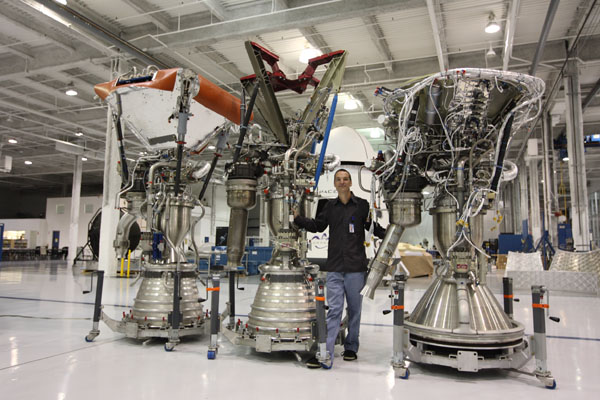
Tom Mueller with his creations – different variants of the Merlin engine (Credit: SpaceX)
Mueller became one of the founding members of SpaceX and turned out to be one of the most valuable assets for the company. Others tried to hire Mueller prior to Musk without any success. Musk made a big impression on Mueller with his knowledge, clear long-term goal and the team managed to put together at the beginning of SpaceX. These people were experts in their fields, just like Mueller.
I’m so glad that we started this company and where we’re at. I really want this to work. We literally want to get the cost down to where the average person can afford to travel into space just like they can travel into any other country on an airline.
Mueller started working at SpaceX in May 2002 and since May 2014 worked as Propulsion Chief Technology Officer. He’s responsible for the development of Draco, Kestrel, Merlin and Raptor engines. Previously, we published his account of how these engines got their names. However, in September 2016, around the time as the development version of the Raptor engine was test fired for the first time, Mueller stepped back a bit and transitioned to a part-time role at the company. Then in January 2019 he became a part-time Senior Advisor for the SpaceX Propulsion team and he recently explained his role:
I am an advisor now. Elon and the Propulsion department are leading development of the SpaceX engines, particularly Raptor. I offer my 2 cents to help from time to time.
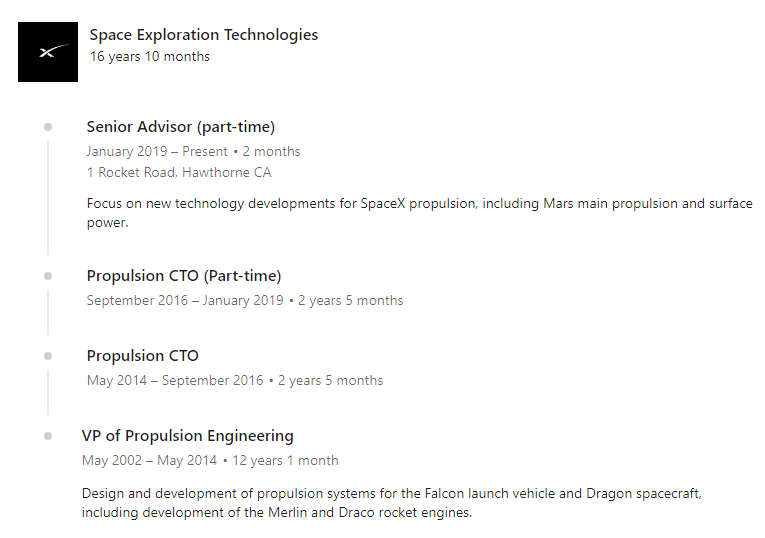
Tom Mueller’s career at SpaceX (Credit: LinkedIn)
As a bonus, check out this video from 2010, in which Mueller takes you on a tour of SpaceX’s test facility in McGregor, Texas. To this day, the company conducts engine testing here and even does full-duration static fires of Falcon 9 and Falcon Heavy stages.
Source: KCET.org
This article was originally published in Czech by Marek Mančal and then translated into English by Vlastimil Švancara.



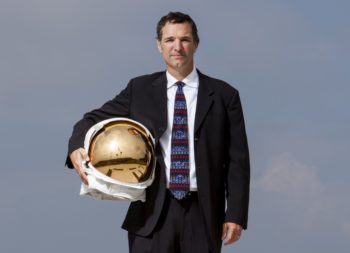

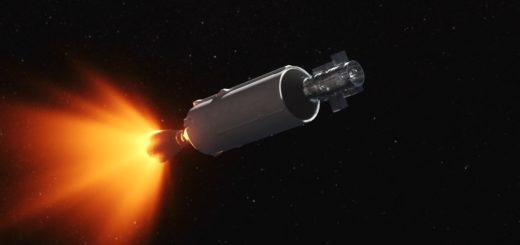
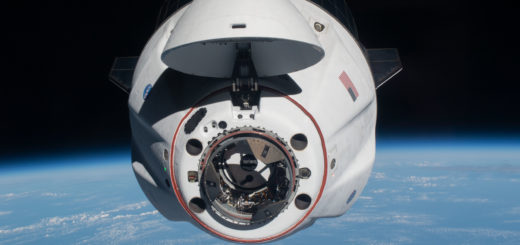
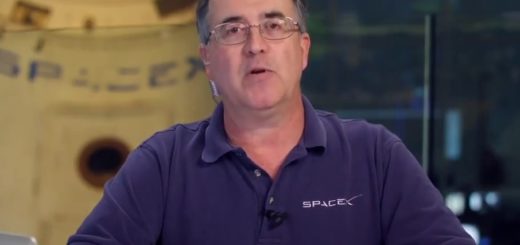
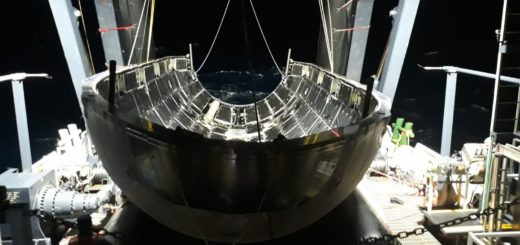



Love to see such a useful website with good contents about SpaceX and Tesla
keep doing on
Thanks, I’m glad you like it!
Cool article! I’d definitely follow this series. Please translate more.
I’d would be nice if you publish updates on twitter.
Amazing story. Very inspiring. Thanks for posting this.